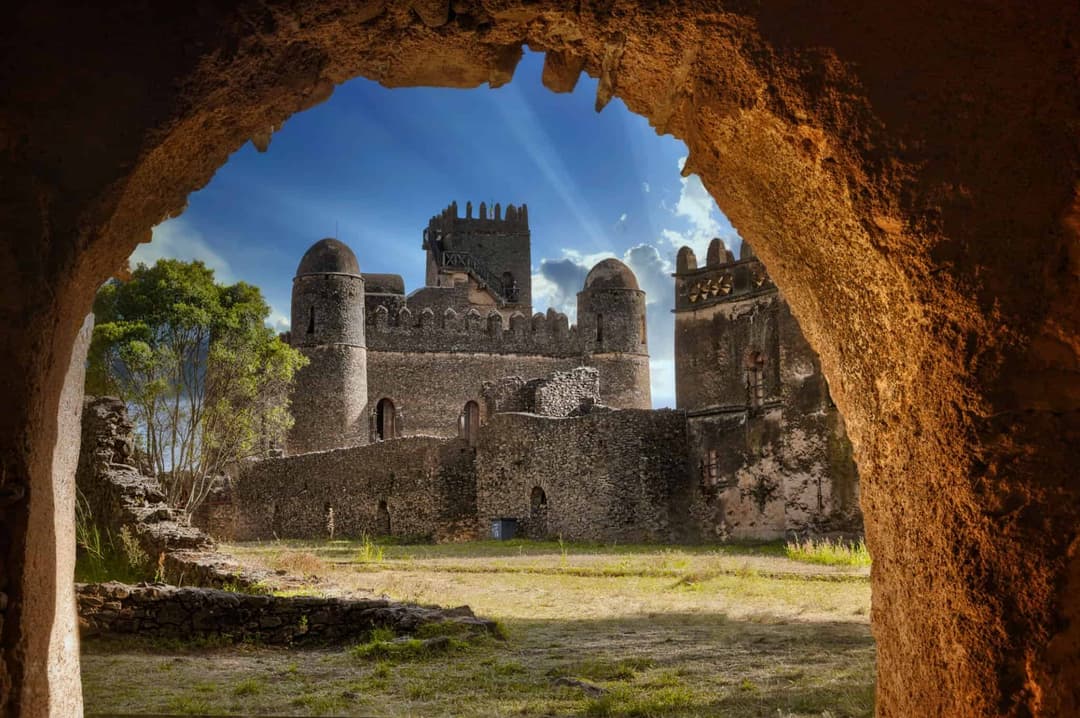Explore the vibrant capital city, capturing its bustling markets and historical landmarks.

Through The Lens
Discovering Ethiopia's Hidden Gems - A Photographic Journey To The Lost Tribes Of The Omo Valley
Start PlanningThrough The Lens
A Photographic Journey To The Lost Tribes Of The Omo Valley
Dive into the unknowns on an extraordinary expedition to the mystical land of Ethiopia, where ancient traditions and untouched landscapes converge in a harmonious blend. This immersive photographic tour will lead you through the enchanting Omo Valley, a realm steeped in captivating history and home to the lost tribes that have preserved their unique cultures for centuries.
From the vibrant streets of Addis Ababa to the remote corners of the region, every step of this journey unveils awe-inspiring scenes waiting to be captured by your lens. Immerse yourself in the mesmerizing lives of the Gurage, Surma, Karo, Hamer, Mursi, and other extraordinary tribes that call this land their home. As you traverse through sprawling coffee plantations, traverse deep gorges, and wander among picturesque villages, prepare to witness the timeless beauty and profound human connections that define Ethiopia's Omo Valley.
Witness captivating ceremonies, traditional rituals, and breathtaking landscapes as you delve deep into the lives of these remarkable tribes. Each day brings new encounters and photographic opportunities, providing a truly immersive experience.
Join us on this unforgettable journey and capture the untamed beauty of Ethiopia's tribal communities. Join us on this artistic odyssey and unlock the secrets of Ethiopia's lost tribes through the power of your camera.
Destination Highlights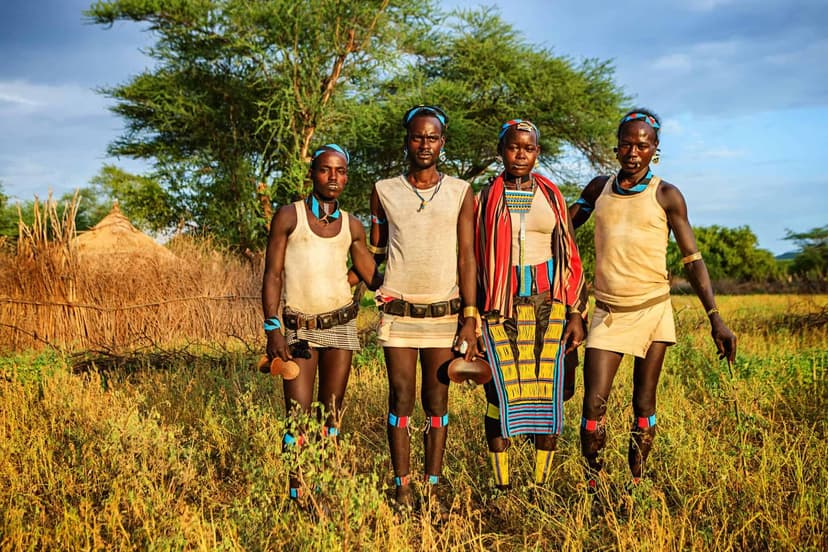
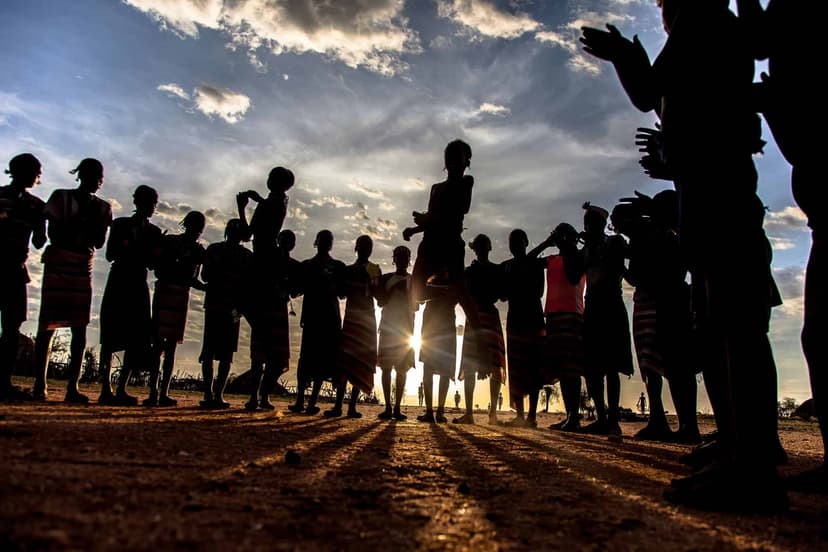
Highlighted Destinations
Travel through picturesque landscapes, capturing the unique lifestyles of the Gurage, Oromo, and Kefecho people.
Immerse yourself in the captivating world of the Surma tribe, photographing their distinct body painting, scarification, and cultural practices.
Witness the famous cattle-leaping ceremony, document the Hamar's unique attire, and capture their daily rituals.
Visit the Karo tribe known for their elaborate body painting, capturing their stunning adornments and scenic surroundings.
Venture into Mago National Park to meet the Mursi tribe and photograph their iconic lip plates.
Capture the breathtaking landscapes of Ethiopia's southwestern region, from the Omo River to the Great Rift Valley.
Interact with tribal communities, gaining insight into their traditions, beliefs, and ways of life.
Itinerary at a Glance
Day by day Tour Itinerary
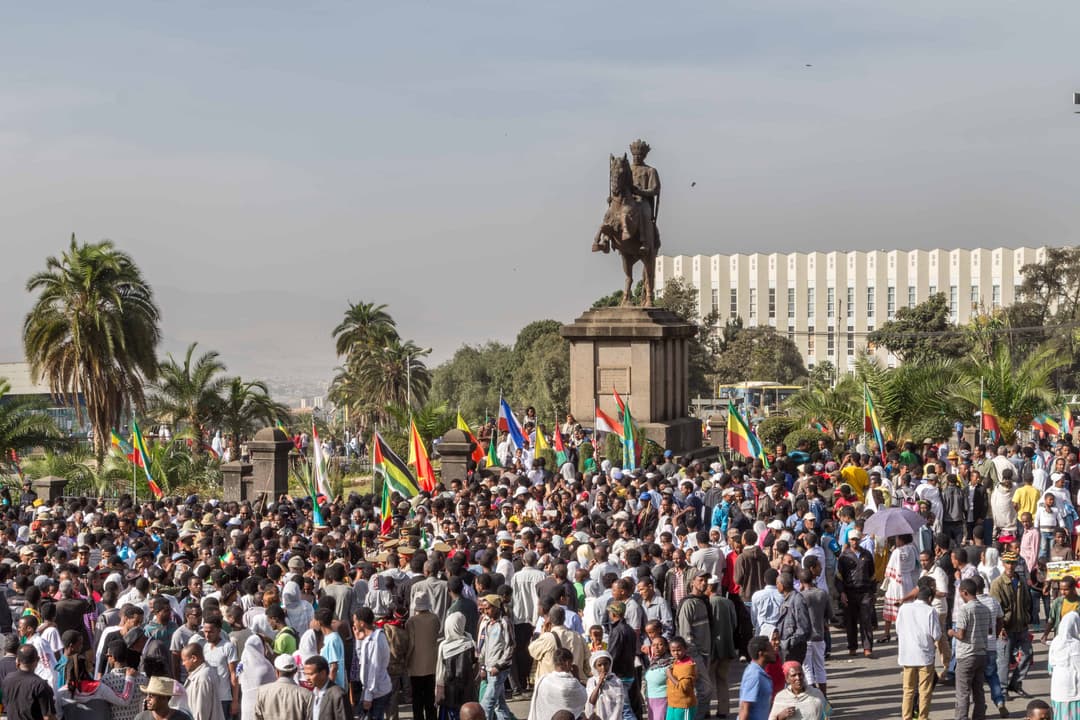
Day 1: Arrival in Addis Ababa
- Today is set aside as an arrival day in the wondrous land of Abyssinia. After arriving at Bole International Airport and taking care of passport control and luggage formalities, you will be met by your guide and driven to your comfortable hotel nearby.
- Overnight in Addis Ababa

Day 2: Drive from Addis Ababa to Jimma
- Embark on an enchanting photographic journey from Addis Ababa to Jimma in southwestern Ethiopia. Our early morning drive will take us on a scenic route spanning approximately 330 km. along the way, we will have the unique opportunity to capture the captivating lives and vibrant cultures of the Gurage and Oromo people in their picturesque villages.
- We will also traverse the awe-inspiring Gibe Gorge, a natural wonder adorned with breathtaking vistas that are perfect for stunning photographs. Within this deep gorge flows the majestic Gibe River, a prominent tributary of the Omo River.
- Our route will unveil a mesmerizing landscape dominated by sprawling coffee plantations, offering a splendid backdrop for your photography. As the day unfolds, we will reach Jimma, the largest city in southwestern Ethiopia. Jimma, once the capital of the former Kaffa Province, holds historical significance as the birthplace of Coffea Arabica, the renowned coffee.
- Immerse yourself in the region recognized as the home of coffee, and document the essence of this captivating city and its coffee heritage through your camera lens. Prepare for an unforgettable photographic tour that will leave you with a treasure trove of captivating images and memories.
- Overnight in Jimma Hotel

Day 3: Drive Jimma to Mizan Teferi
- Today, we continue our exploration of the captivating southwestern region, heading towards the mesmerizing destination of Mizan Teferi. Our scenic route spans approximately 240 kilometers, presenting a breathtaking tapestry of lush forests and meticulously cultivated landscapes adorned with flourishing coffee plantations, tea gardens, and an array of aromatic spices.
- Throughout our expedition, we will embrace numerous captivating moments, allowing us to unleash our creativity and capture the essence of this awe-inspiring region.
- Be prepared to seize every enchanting photographic opportunity that crosses our path, as we pause intermittently to immortalize the mesmerizing beauty that surrounds us.
- Overnight in Mizan Teferi

Day 4: Drive Mizan Teferi to Kibish
- This morning is an exciting travel day as we head deep into the little-visited portion of southwestern Ethiopia. En route, we pass through the Bebeka coffee plantation (located about 30km outside Mizan), which is the largest and oldest coffee plantation in Ethiopia.
- On our journey, we will visit the Menit tribe, who are the less well-known neighbors of the Surma, one of our main photographic targets of this trip.
- Passing through the town of Tulgit, will finally arrive in Kibish, where we will be camping for the next three nights. Much of our focus today will be photographing the fabulous Surma people, who due to their remoteness, are one of the least visited of the Omo Valley's tribes.
- Overnight camping in Kibish

Day 5 and 6: Explore the Kibish area
- Today we have a full day to explore and photograph the fascinating Surma, making the most of our time in this remote region of Ethiopia.
- Overnight camping in Kibish

Day 7: Drive Kibish to Kangate
- After a scrumptious breakfast prepared by our camp crew, we make our way to our campsite along the Omo River. En route we will visit today are the Nyangatom, whom the Surma insult by referring to them as the Bume (“the smelly ones”). The Nyangatom are some of the most feared warriors of the Omo Valley, often clashing with the neighboring Turkana and Surma tribes.
- The Nyangatom, like the Surma, are pastoralists, keeping sheep, goats, and cattle. Although some of the tribes in the valley are small and their very existence is threatened, the Nyangatom have fared much better in recent years due to the intervention of Western health care.
- We are sure to have another fascinating day today, visiting areas that few Westerners have ever been!
- Overnight camping in Kangate
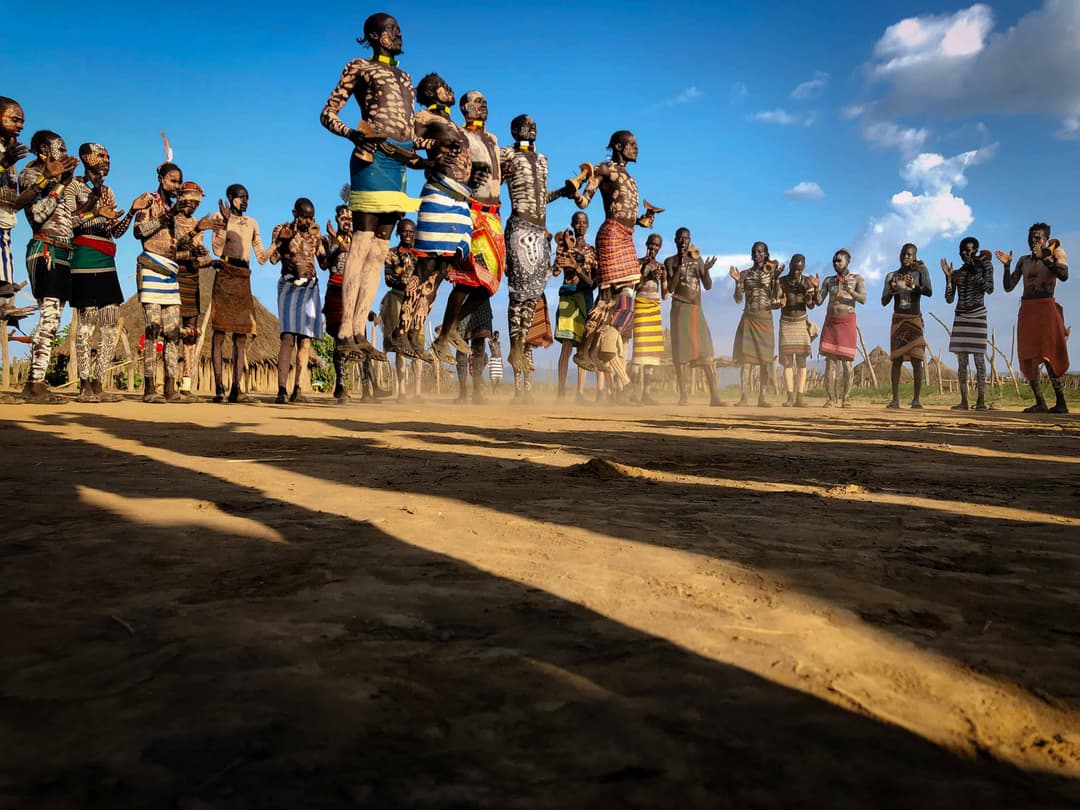
Day 8: Drive Kangate to Turmi
- Please note that we do not have a fixed schedule for the next few days. Instead, your guide will assess daily which tribe is the best to photograph according to your particular photographic requirements.
- The Lower Omo Valley is situated within Africa's famous and, geologically speaking, rapidly expanding Great Rift Valley (which will eventually split the continent into two landmasses). Here, in south-west Ethiopia's awkwardly named “Southern Nations, Nationalities, and People's Region”, bordering Kenya and Sudan, the great Omo River dominates this dry savanna valley, resulting in some of Africa's most well-developed and best-preserved arid-zone riverine forests.
- The Omo River rises from the Shewan highlands to the north (much of Ethiopia consists of high-lying mountains and fertile plateaus, despite the impression created by some international media bodies that Ethiopia is predominately desert!). It flows 470 miles (750km), mostly southwards, before entering Lake Turkana (previously Lake Rudolf) near the Kenyan border. Lake Turkana, the world's largest permanent desert lake and also the planet's largest alkaline lake, has no water outflow, so in effect, it's a dead-end for the Omo River. The importance of the Lower Omo Valley has been recognized by UNESCO, which has declared it a cultural World Heritage site. It also contains two massive national parks and several important bird areas.
- After departing Kangate, and making our way across the Omo River and into a new tribal area. Here, our tribe of interest is the Karo, another tribe known for its elaborate body and facial paintings. These people live along the east bank of the Omo River and practice flood retreat cultivation, their main crops being maize, sorghum, and beans. Unlike the other tribes, they keep only a small number of cattle due to the prevalence of tsetse flies. Like many of the tribes in the Omo, they paint their bodies and faces with white chalk to prepare for any ceremonies.
- The chalk is mixed with yellow rock, red iron ore, and charcoal to make its requisite colour. Facemasks are worn at times and they have clay hair buns adorned with feathers.
- Scarification is also an important part of the Karo people's lives. This includes the complete scarification of a man's chest with which to indicate that he has killed an enemy or dangerous animal (Amongst the Karo, killing one's enemies isn't viewed as an act of murder, but as an act of honor!).
- This scarification process involves lightly slicing the skin with knives or razor blades and then rubbing ash into the open wounds to produce a permanently raised effect. The Karo women have decoratively scarred abdomens, which are considered sensual and very desirable.
- We then continue through the beautiful Omo Valley savannas, dotted with elongated termite mounds, to our comfortable lodge situated a few kilometers outside the village of Turmi. After settling in, we will be able to reminisce about the incredible sights and photographic opportunities of the past few days over an ice-cold beverage!
- Overnight in Turmi

Day 9: Turmi area
- The Hamar is one of the most well-known tribes in Southern Ethiopia. They inhabit the territory east of the Omo River and have villages in both Turmi and Dimeka.
- They are especially well known for their unique rituals, including a cattle-leaping ceremony that young men have to undergo in order to reach adulthood and marry. They are highly ‘superstitious' people, and to this day they consider twins to be babies born outside of wedlock, while children whose upper milk teeth develop before their lower teeth are deemed to be ‘evil' or ‘unclean'.
- For this reason, such children are discarded in the bush and simply left to die, as they would rather lose a single child than inflict any disaster upon their community. The Hamar people are also known for one of the most bizarre rituals on Earth. This is when the women allow themselves to be whipped by the male members of their family as a symbol of their love! The scars of such encounters are conspicuously evident on the bodies of all Hamar women.
- These women take great pride in their appearance and wear traditional dresses consisting of a brown goatskin skirt adorned with dense vertical rows of red and yellow beads. Their hair is characteristically fixed in dense ringlets with butterfat mixed with red ochre. They also wear many bracelets and necklaces fashioned of beads or metal, depending on their age, wealth, and marital status. The men wear woven cloth wrapped around the waist and many elders wear delicately colored clay head caps that are fashioned into their hair and adorned with an ostrich feather.
- As mentioned, the young Hamar men are famous for their “Evangadi dance” and “Bull jumping” ceremony (it is as part of this ceremony that the afore-mentioned whipping occurs). This ritual entails young men who wish to marry jumping over a line of bulls, thereby proving their worth to their intended bride's family. It also signifies their advent into adulthood. This is a rarely seen event, however, with luck, we may hear of, and even be invited to attend this landmark event.
- Overnight in Turmi
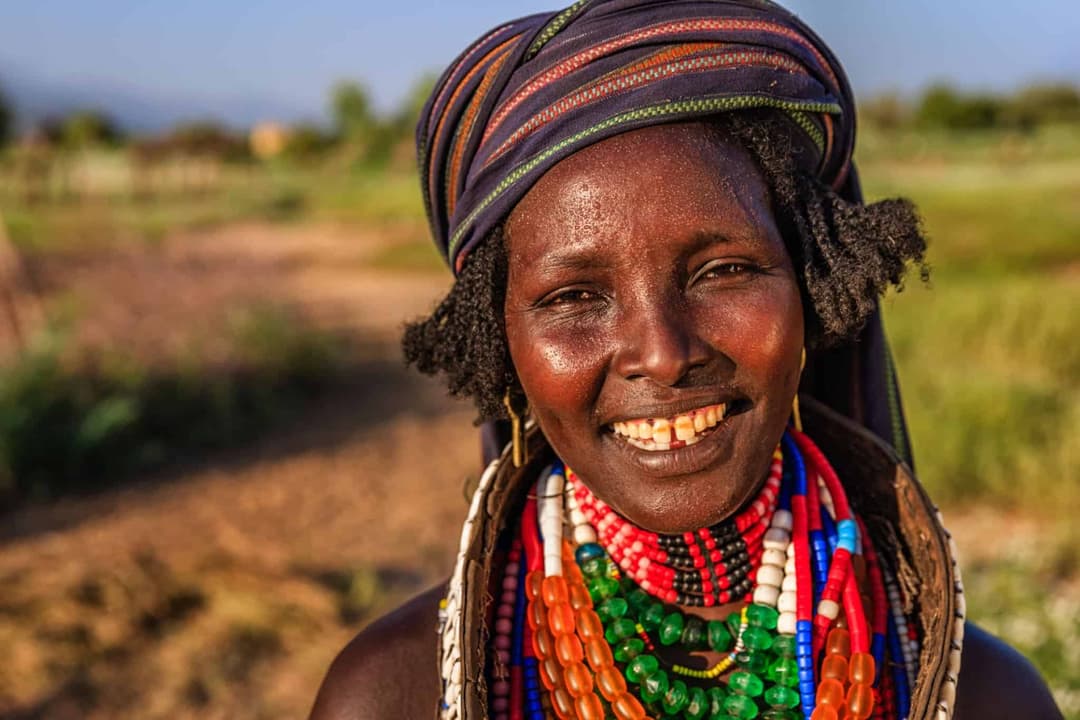
Day 10: Drive to Jinka via Elbore
- Early morning departure will take us to Jinka. We will have our first stop at Elbre where we will get more opportunities to capture these interesting people. Having enough time to spend with them, continuing onward to Jinka, where we will be staying for the following two nights.
- Overnight in Jinka
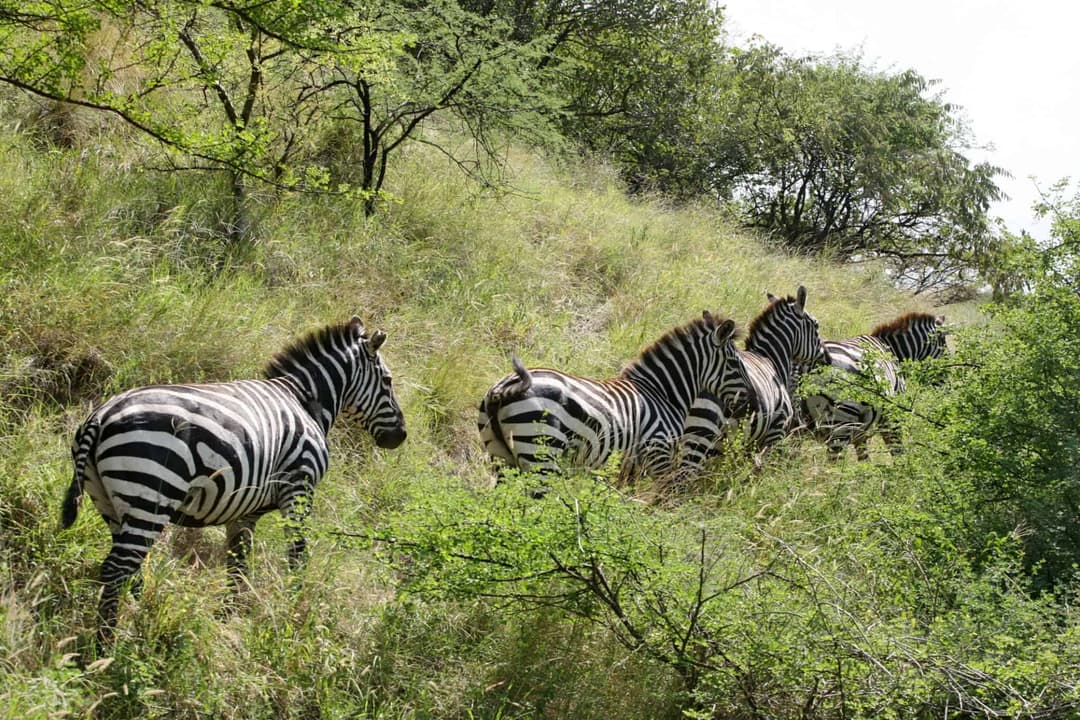
Day 11: Excursion to Mago national park to meet Mursi and explore the Jinka area
- We have an early morning start as we enter Mago National Park at 06:00 in order to reach the Mursi Tribe while the light is still soft. Most famous for the clay lip plates that the women insert in their lower lips, the Mursi are probably one of the last tribes in Africa amongst whom it is still the norm for women to wear these large pottery or wooden discs or plates.
- The lip plate (dhebi a tugoin) has become the chief visible distinguishing characteristic of the fascinating Mursi people. A girl's lower lip is cut, typically by her mother or another woman of her settlement, when she reaches the age of 15 or 16. The cut is then held open by a wooden plug until the wound heals. It appears to be up to the individual girl to decide how far to stretch the lip, which she does by inserting progressively larger plugs over several months. Some girls even persevere until their lips can take plates of 5 inches (12 cm) or more in diameter!
- The Mursi and their neighbors became part of the Ethiopian State in the final years of the 19th century when Emperor Menelik II established control over the southwestern lowlands bordering Kenya and Sudan. This was an area inhabited by several small tribes with fluid identities, highly adaptable to environmental conditions, and capable of easily absorbing outsiders into their communities. The Mursi as we know them today are the product of a large-scale migratory movement of cattle-herding peoples in the general direction of the Ethiopian highlands. Three separate movements may be distinguished in the recent history of the Mursi, each the result of growing environmental pressure associated with the drying out of the Omo basin over the last 150 – 200 years.
- The Mursi attribute overwhelming cultural importance to cattle. Almost every significant social relationship – particularly marriage – is marked and authenticated by exchanging cattle. The “Bridewealth” (ideally consisting of 38 heads of cattle) is handed over by the groom's family to the bride's father, who must meet the demands of a wide range of relatives from different clans. This ensures that cattle are continually redistributed around the community, thereby helping to provide for the long-term economic security of individuals as well as their families.
- Overnight in Jinka
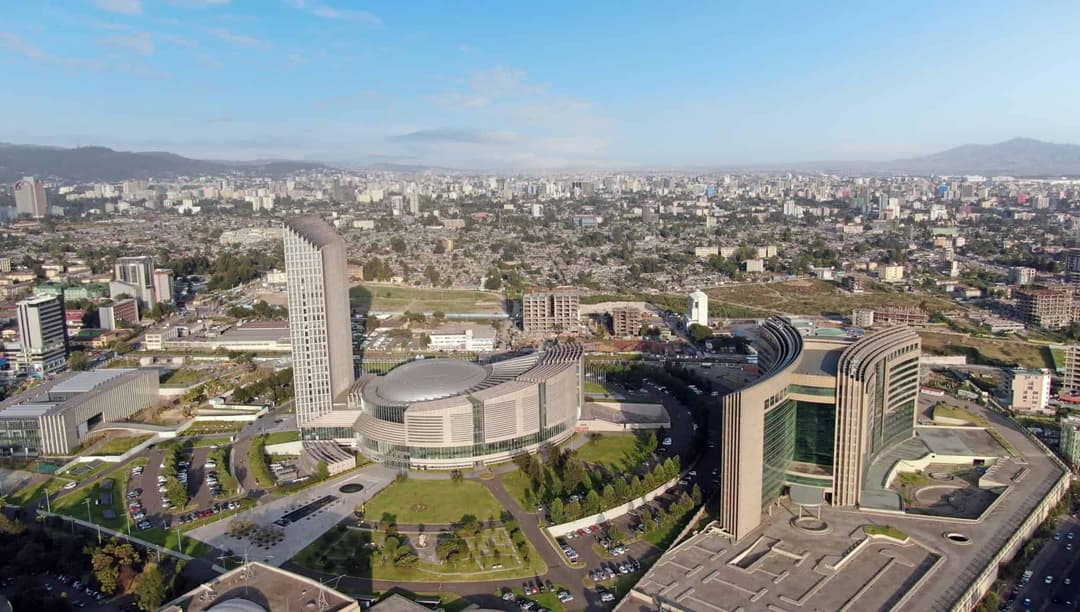
Day 12: Fly back to Addis and departure
- After having breakfast, we depart to Jinka airport to connect with our schedule back to Addis Ababa. Upon arrival, we have secured a day room to refresh before you will be transported back to Bole International Airport for your international flight to your destination of choice.
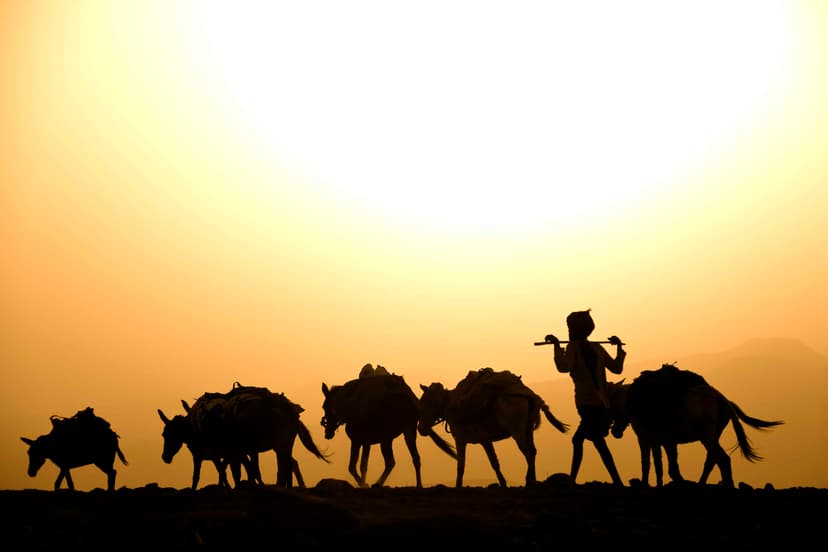
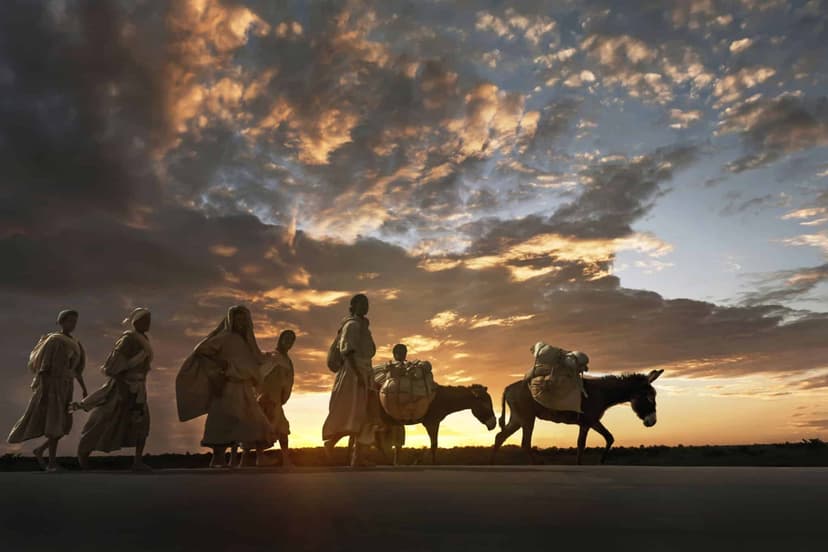
How Can We Help You Create an Extraordinary Ethiopian Adventure?
At Sawla Tours, we are passionate about turning your travel dreams into reality. With years of hands-on experience in crafting unforgettable journeys to Ethiopia, we are your go-to experts in deciding when to travel, where to explore, and what to discover.
Whether you have a detailed itinerary in mind, seek professional advice, or simply don't know where to begin, we're eager to assist. Reach out to us today, and together, we'll create an extraordinary travel experience tailored just for you.
Contact Us Now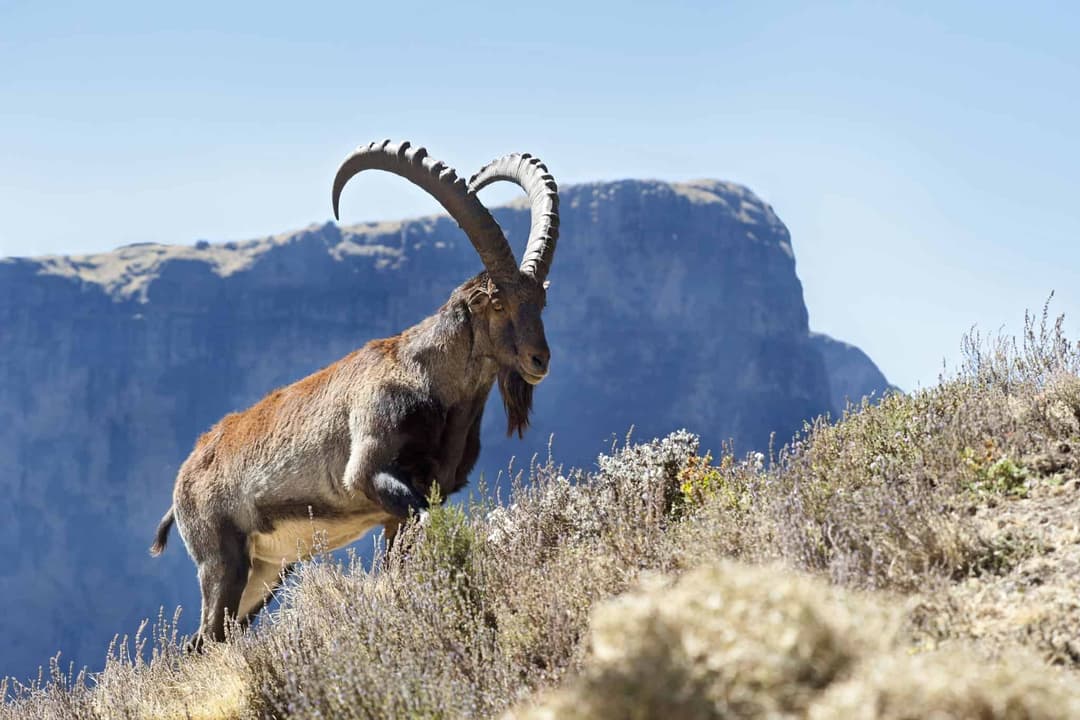
Ethiopia Tour Themes
Discover More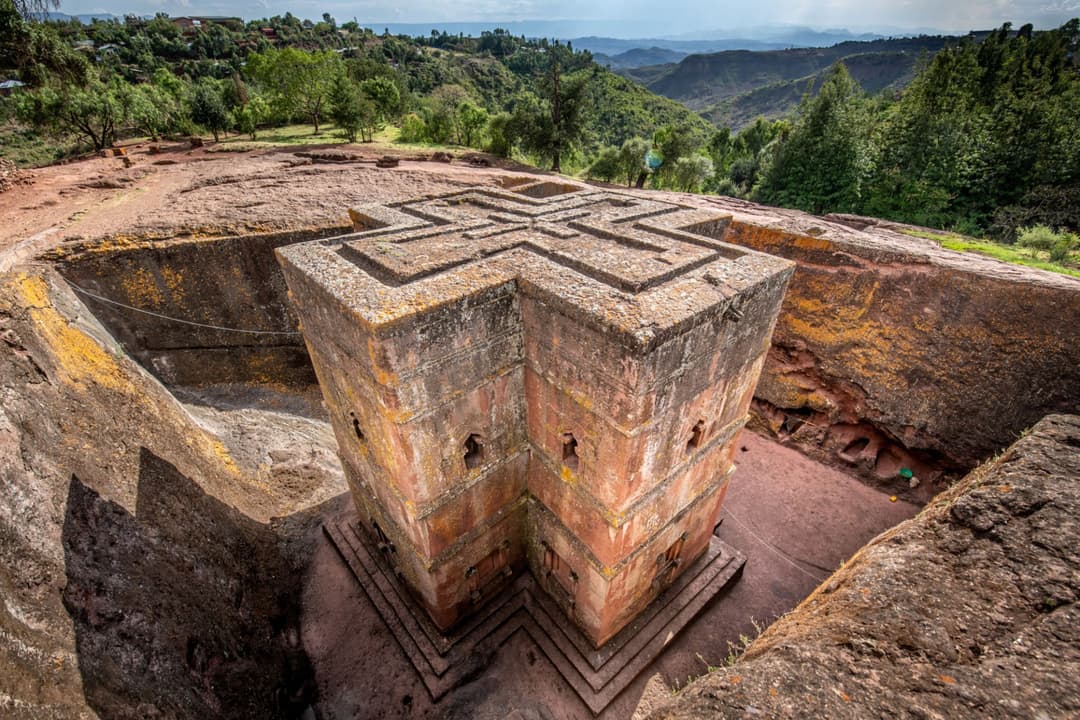
Popular Destinations
Discover More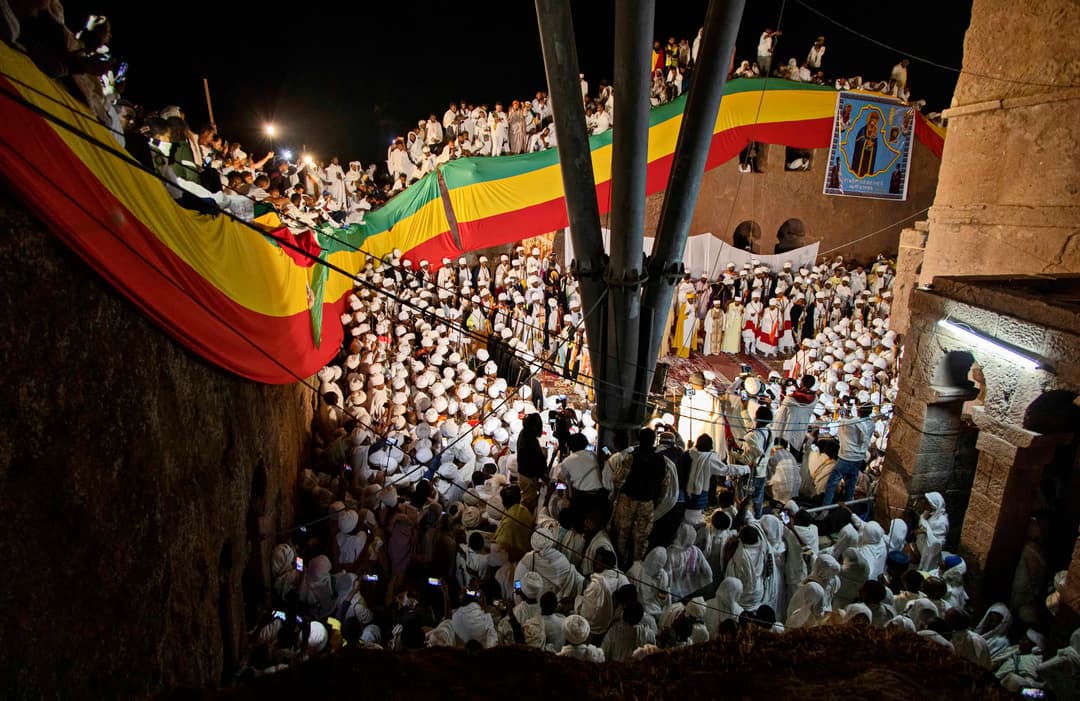
Itineraries By Experience
Discover More